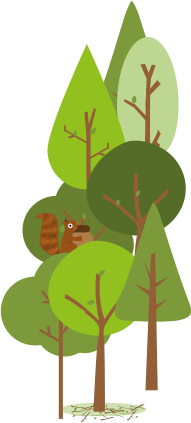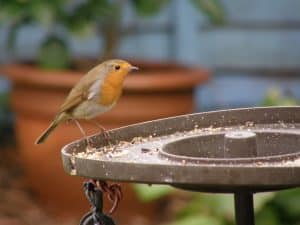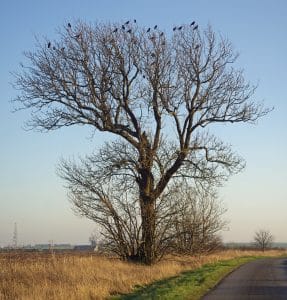

Lessons from Nature: Watching Birds
29th January 2021

“Robin” by pauljeffery59
‘A crow in a crowd is a rook and a rook on its own is a crow’
After many conversations in our house about why the birds weren’t frequenting the bird feeders in our garden, this past week has allowed us to get back on ‘bird track’. There has been a lot to notice. Tuesday saw the first visitor to the feeder – a robin. It was strange to see its cautious movements around the garden before it dared to make a dash for one rushed mouthful of seeds; hardly even stilling its wings before flying off again to the safety of the hedge.
Usually, robins are very sociable and outgoing around humans, but I suppose we are not a threat to their territory (in the immediate sense anyway.) I believe this robin was being cautious for a good reason…other robins. They are surprisingly territorial birds and will ‘all-out attack’ to defend their patch! So was this robin sensibly making a test run? As the week progressed, so did the time we had a robin eating on the feeder. My guess is it was the same visitor becoming braver in this new territory with each successful meal.
Wednesday brought back one of my favourite birds, the goldfinch. Interestingly, for a bird I associate as being in swooping flocks, this one was solo – like the robin. Maybe this time of year is the beginning for birds too, as well as humans? The beginning of forming groups, establishing place boundaries, finding the best opportunities for food and shelter in preparation for spring? A job done as an individual, for these species at least. I hadn’t seen a goldfinch for, what seemed to me, a worryingly long time. But never fear! I have since discovered that some of these birds migrate; some as far as the south of Spain! I find it hard not to put my human perspective on spending the winter months in Southern Europe (I imagine goldfinches floating on pool lilos drinking cocktails) but well done to them. How a goldfinch makes that journey across a continent is still hard to believe and reminds me to pay attention to the magic of migration during the year ahead.

“Tree with Rooks” by D H Wright
On Thursday, our garden felt busy with birds, all still solo. A solitary wren, a female sparrow eyeing up the feeders, a collared dove observing from a nearby tree, a bold young blue tit who we hoped was one of the fluffed-up chicks we had seen last year. In the distance, there was a huddle, a cuddle, a snug, a hug of black birds in the treetops – Carrion crows or rooks? I’m always hesitant about identifying the Corvid family. I did some virtual digging and found the phrase, ‘a crow in a crowd is a rook and a rook on its own is a crow’ so these black dots coupled up, perhaps for warmth, were likely to be rooks. I also read that rooks start their nest preparation in colonies from the end of January so maybe they were getting together with a plan in mind.
Would I rather be a rook in a crowd or a crow on my own? I really admire the robin and the blue tit who are precariously balancing on our bird feeders, on their own, without a team to keep watch. But oh to be in a crowd! To be in a huddle, in a rookery with my gregarious, squawking troop – that sounds perfect for a late January afternoon in lockdown.
By Clare Proctor
Help the RSPB understand about the state of nature in our gardens by joining the world’s largest bird survey. The Big Garden Birdwatch takes place 29-31 January 2021
With thanks to the use of the images:
“Tree with Rooks” by D H Wright is licensed under CC BY 2.0
“Robin” by pauljeffery59 is licensed under CC BY-NC-SA 2.0

